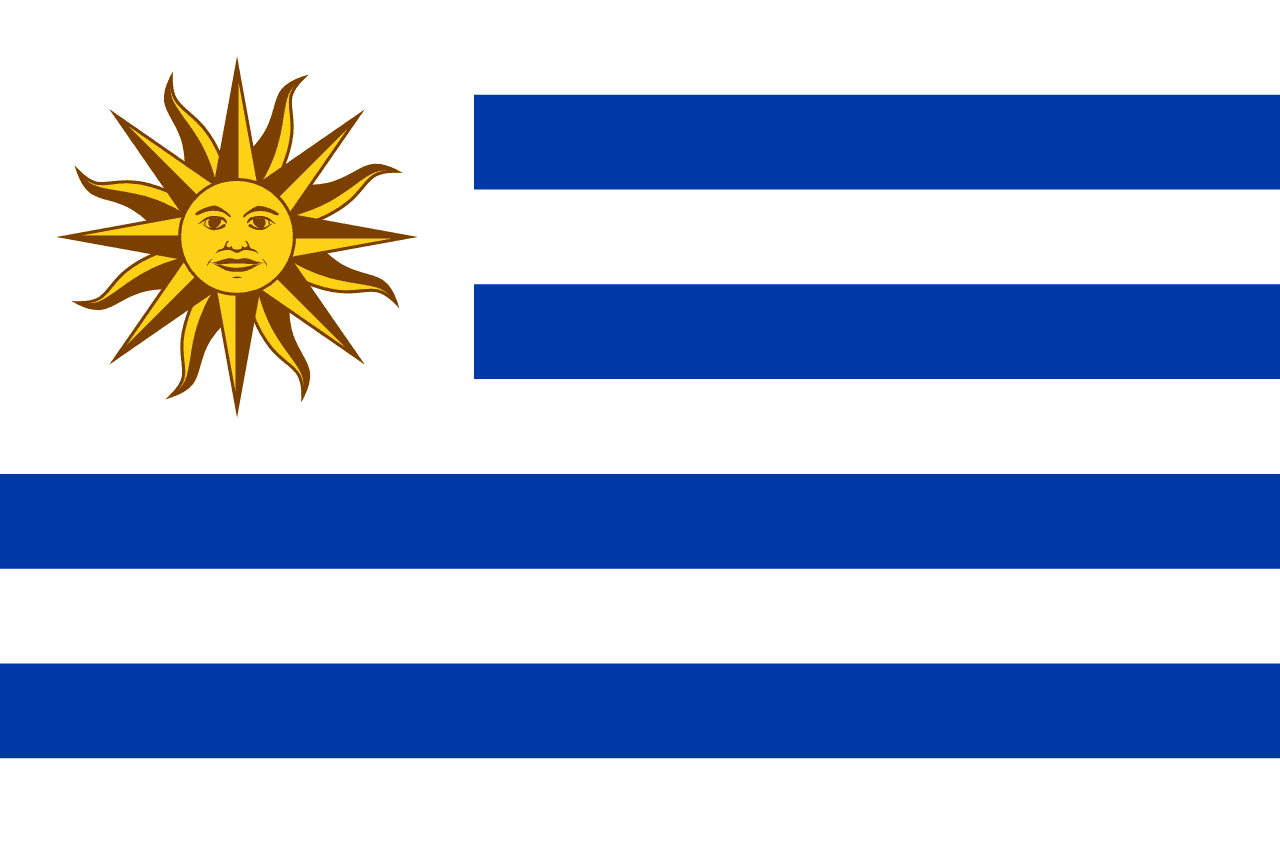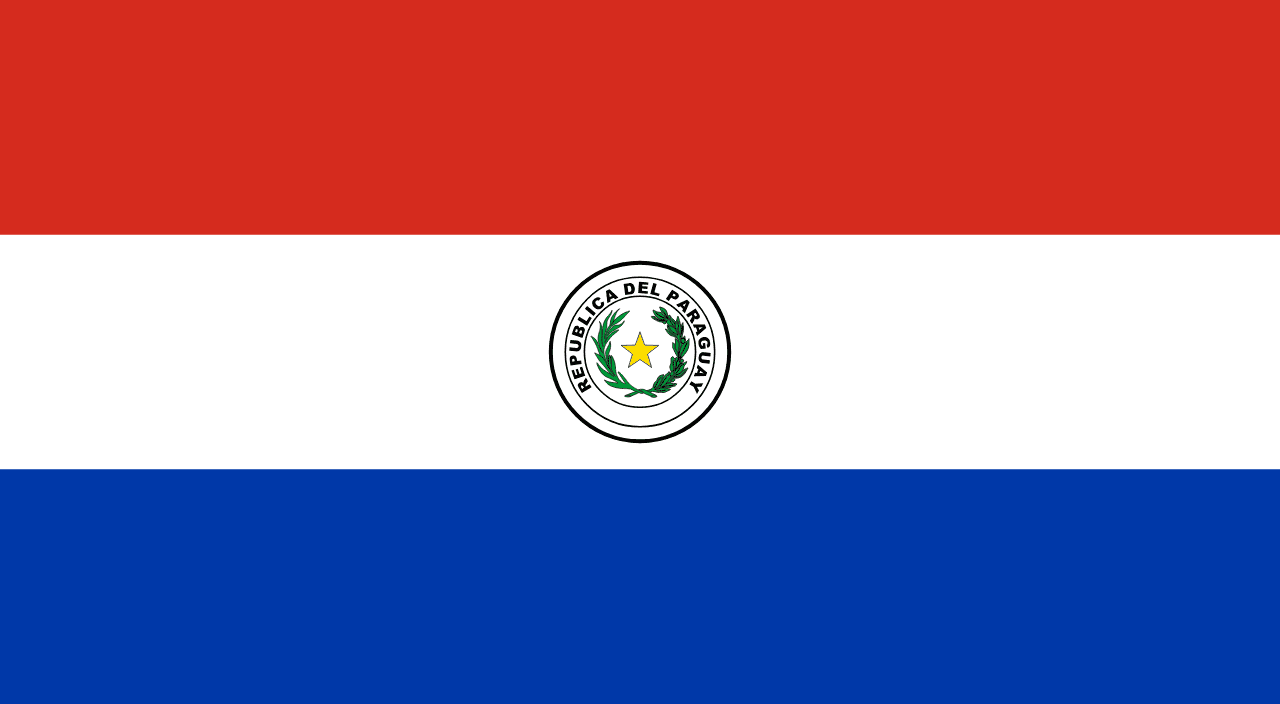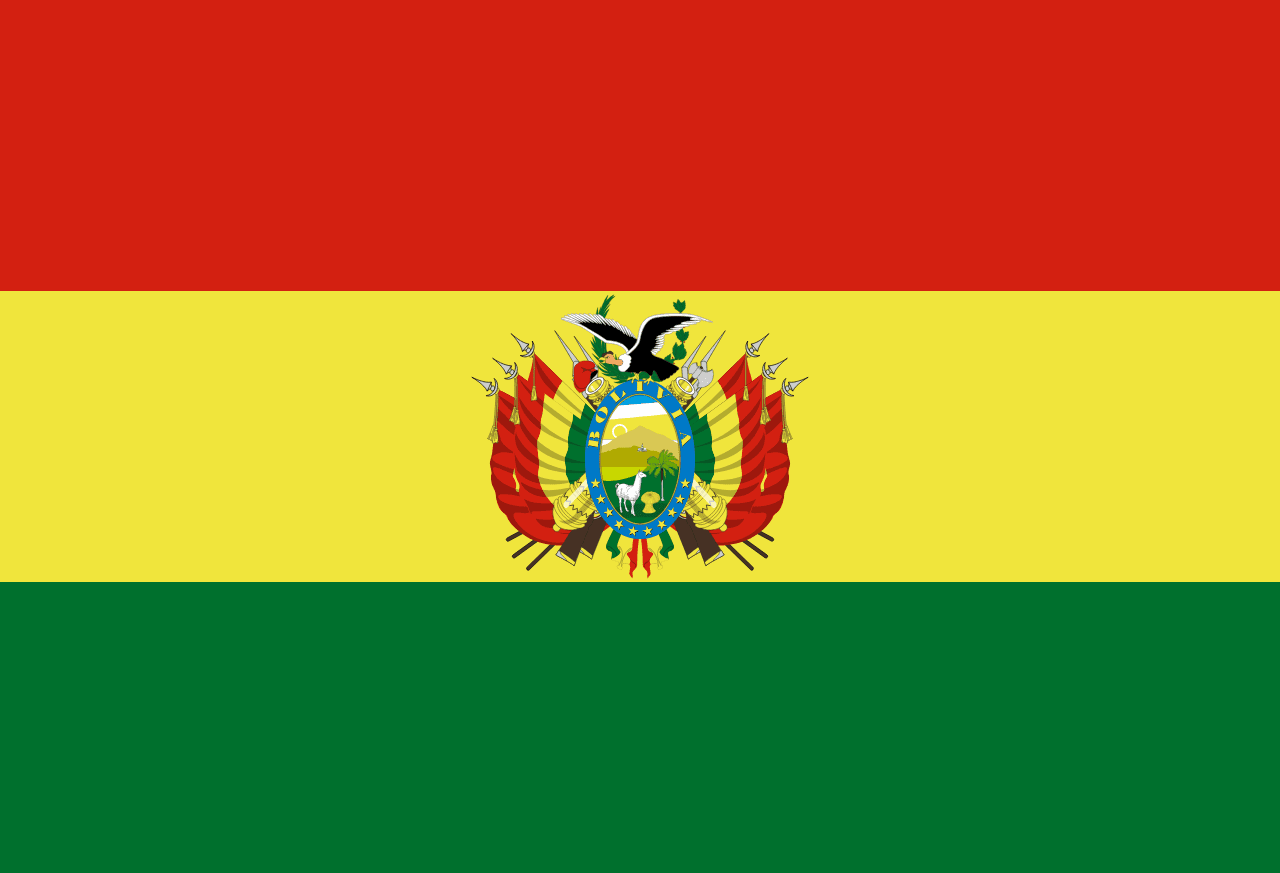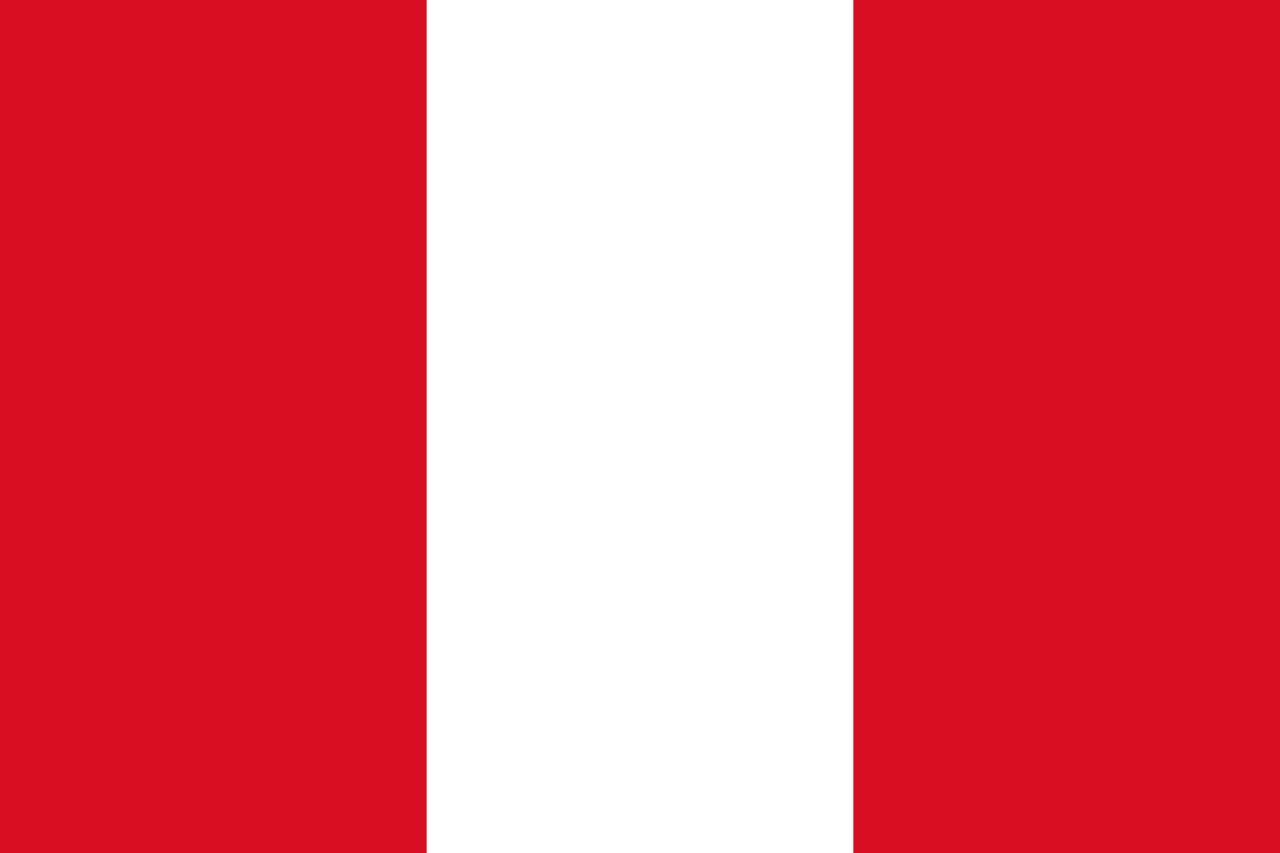Argentina Flag Meaning
Three horizontal stripes of light blue, white, and light blue with a golden sun (Sol de Mayo) in the center, created by Manuel Belgrano during the independence wars and representing the clear skies after the storm of Spanish rule, the snow-capped Andes mountains, and the May Revolution that began Argentina's path to freedom.
- Continent
- South America
- Adopted
- 1812
- Ratio
- 9:14
- Colors
- light blue, white, yellow
- Designer
- Manuel Belgrano

Symbolism
Light Blue Stripes: Represent the clear blue skies of Argentina and the Río de la Plata, symbolizing the hope and optimism of the Argentine people as they fought for independence from Spanish colonial rule.
White Stripe: Represents the snow-capped peaks of the Andes mountains and the purity of the revolutionary cause, symbolizing the noble intentions of the independence movement and the unity of the Argentine provinces.
Sun of May (Sol de Mayo): Represents the Inca sun god Inti and commemorates the May Revolution of 1810 that began Argentina's independence process, featuring a golden sun with a face and 32 rays symbolizing the new dawn of freedom.
National Colors: The light blue and white colors were chosen by Manuel Belgrano, who reportedly saw them in the sky during a patriotic ceremony, making them symbols of divine blessing for the independence cause.
History
- Pre-Columbian Era: Indigenous peoples including the Mapuche, Tehuelche, and various groups in the northwest developed sophisticated cultures, with the Inca Empire extending into northwestern Argentina before Spanish conquest.
- 1516-1776: Spanish colonization began with Juan Díaz de Solís, leading to the establishment of settlements and the Viceroyalty of Peru's administration, though the region remained peripheral to Spanish interests focused on gold and silver.
- 1776-1810: The creation of the Viceroyalty of the Río de la Plata made Buenos Aires a major administrative center, increasing trade and prosperity while building the foundation for future Argentine identity.
- May 25, 1810: The May Revolution established the first autonomous government in Buenos Aires, beginning the process of independence from Spain and creating the revolutionary movement that Belgrano's flag would represent.
- February 27, 1812: Manuel Belgrano first raised the Argentine flag during the independence wars, choosing the light blue and white colors that would become the symbol of the emerging nation.
- July 9, 1816: The Congress of Tucumán declared independence from Spain, formally establishing the United Provinces of the Río de la Plata and adopting Belgrano's flag as the national symbol.
- 1880-1930: Massive European immigration, particularly from Italy and Spain, transformed Argentina into one of the world's wealthiest countries through agricultural exports, especially beef and wheat.
- 1946-1955: Juan Perón's presidency, with his wife Eva Perón, introduced labor rights and social reforms while promoting Argentine nationalism and economic independence, creating the Peronist movement that dominates politics today.
- 1976-1983: Military dictatorship known as the 'Proceso' conducted the 'Dirty War' against suspected subversives, resulting in an estimated 30,000 deaths and disappearances of political opponents.
- April-June 1982: The Falklands War with Britain ended in Argentine defeat, hastening the fall of the military government and the restoration of democracy under Raúl Alfonsín in 1983.
- 1989-2001: Economic instability, hyperinflation, and the convertibility plan tying the peso to the dollar led to the worst economic crisis in Argentine history, causing massive unemployment and social unrest.
- 2003-2015: Néstor and Cristina Kirchner's presidencies brought economic recovery and human rights prosecutions for Dirty War crimes, though corruption scandals and inflation remained persistent problems.
- 2015-Present: Political alternation between center-right and Peronist governments has continued, with Argentina facing ongoing economic challenges including debt defaults, inflation, and currency instability.
Trivia
- Argentina is the second-largest country in South America and eighth-largest in the world, stretching from subtropical north to subantarctic south with diverse climates and landscapes.
- The flag represents the birthplace of tango, which originated in the working-class neighborhoods of Buenos Aires and Montevideo and became a symbol of Argentine passion and culture worldwide.
- Argentina is famous for its beef and cattle ranching culture, with the country having one of the world's highest per capita meat consumption rates and the gaucho as a national symbol.
- The country has won the FIFA World Cup three times (1978, 1986, 2022) and produced legendary players like Diego Maradona and Lionel Messi, making football a central part of national identity.
- Spanish is the official language, but Argentina has a distinctive accent and vocabulary influenced by Italian immigration, with lunfardo slang contributing to the unique porteño (Buenos Aires) dialect.
- The flag flies over a country that has produced five Nobel Prize winners, including three in sciences, demonstrating Argentina's strong intellectual and scientific traditions despite economic challenges.
- Argentina is home to the world's southernmost city (Ushuaia), the widest avenue (Avenida 9 de Julio in Buenos Aires), and some of the world's most spectacular natural wonders like Iguazu Falls.
- The country has a rich literary tradition including Jorge Luis Borges, Julio Cortázar, and Adolfo Bioy Casares, making Buenos Aires a major center of Latin American literature and publishing.
- Pope Francis, born Jorge Mario Bergoglio in Buenos Aires, became the first Pope from the Americas and the first from the Southern Hemisphere when elected in 2013.
- The flag represents a country known for its wine production, particularly Malbec, with the Mendoza region producing world-class wines that have gained international recognition.
- Argentina has a strong European cultural influence due to massive immigration between 1880-1930, with about 60% of the population having some Italian ancestry and 20% Spanish.
- The country is home to the highest peak in the Americas (Aconcagua at 6,960 meters) and the lowest point in the Western Hemisphere (Laguna del Carbón at -105 meters).
- Traditional Argentine barbecue (asado) is more than just cooking; it's a social ritual that brings families and friends together, often lasting several hours with specific cuts and cooking techniques.
- The flag represents a country with a tragic history of political violence, including the Dirty War period when an estimated 30,000 people were killed or disappeared under military rule.
- Despite recurring economic crises, Argentina maintains high literacy rates, universal healthcare, and free university education, reflecting the country's commitment to social development and education.
Related Countries

Chile
South America
Two horizontal stripes of white over red with a blue square in the upper hoist containing a white five-pointed star, representing the sky and Pacific Ocean, the snow-capped Andes Mountains, the blood of patriots, and the guiding star of progress.

Uruguay
South America
Nine alternating horizontal stripes of blue and white with a golden sun (Sol de Mayo) in the upper left canton, representing the nine original departments of Uruguay, the clear skies and peace, and the May Revolution that inspired South American independence movements.

Paraguay
South America
A horizontal tricolor of red, white, and blue. Unique among national flags, Paraguay’s flag has different emblems on the obverse and reverse sides: the national coat of arms on the front, and the treasury seal on the back.

Bolivia
South America
Three horizontal stripes of red, yellow, and blue, with the national coat of arms centered on the yellow stripe in the state flag, representing the valor of the army, the mineral wealth of the nation, and the sky and sea that Bolivia once possessed before losing its coastline to Chile.

Brazil
South America
Green field with yellow diamond containing a blue celestial globe with the motto 'Ordem e Progresso'.

Peru
South America
A vertical triband of red, white, and red. The civil flag is a simple triband, while the state flag includes the national coat of arms in the center white band. The design reflects Peru’s struggle for independence and its natural richness.